Table of content
Quail, a small game bird with a rich, tender meat, has been a culinary delight for centuries. Often overlooked in favor of more common poultry like chicken or turkey, quail offers a unique flavor profile that is both delicate and earthy, with a subtle gaminess that elevates dishes from ordinary to extraordinary. Whether you’re a seasoned home cook or a curious food enthusiast, learning how to prepare quail can open doors to gourmet meals that impress guests and satisfy adventurous palates. This guide will explore the nuances of selecting, preparing, and cooking quail, along with recipes and tips to help you master this elegant ingredient.
Understanding Quail Meat
Quail meat is lean, with a texture similar to chicken but finer in grain. Its flavor is mildly sweet, with hints of liver or wild game, depending on the bird’s diet and age. There are two primary types of quail used in cooking: domesticated (often farm-raised) and wild. Domesticated quail is larger, with tender meat, while wild quail is smaller, leaner, and more intensely flavored. Both can be used interchangeably in recipes, though cooking times may vary slightly.
Quail is sold whole, semi-boneless, or as individual cuts like breasts or legs. Whole quail is ideal for roasting or grilling, while boneless cuts are perfect for quick-cooking methods like pan-searing. When purchasing quail, look for birds with plump breasts, smooth skin, and a fresh, mild scent. Frozen quail is widely available and can be thawed in the refrigerator overnight before use.
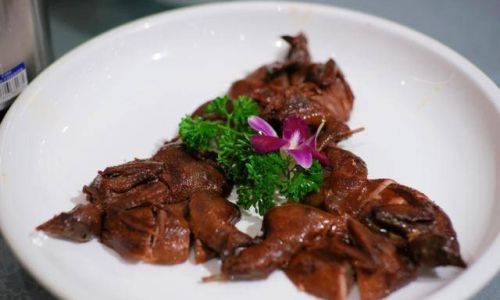
Preparing Quail for Cooking
Proper preparation is key to unlocking the full potential of quail meat. Here’s how to get started:
-
Thawing: If using frozen quail, thaw it slowly in the refrigerator to prevent moisture loss. Avoid thawing at room temperature, as this can promote bacterial growth.
-
Trimming: Remove any excess fat or pin feathers using tweezers or a sharp knife. Rinse the bird under cold water and pat dry with paper towels.
-
Butterflying (Spatchcocking): For even cooking, consider butterflying the quail. Using kitchen shears, cut along both sides of the backbone and remove it. Press the bird flat, breast-side up, and tuck the wings underneath. This technique is excellent for grilling or roasting.
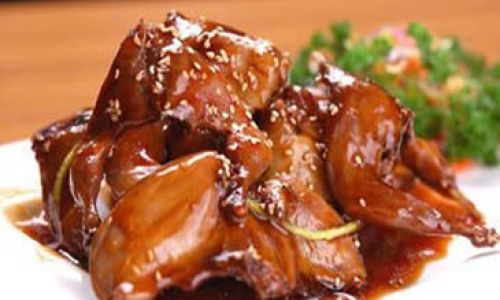
-
Marinating or Brining: Due to its leanness, quail benefits from marinating or brining to add moisture and flavor. A simple marinade of olive oil, garlic, herbs, and citrus juice works wonders. For brining, submerge the bird in a solution of water, salt, sugar, and aromatics for 1–2 hours.
Cooking Methods for Quail
Quail’s small size and delicate meat require careful cooking to avoid dryness. Here are five techniques to master:
Roasting
Roasting quail whole enhances its natural flavors while crisping the skin. Preheat your oven to 375°F (190°C). Season the bird with salt, pepper, and herbs like thyme or rosemary. Truss the legs with kitchen twine to ensure even cooking. Place the quail on a rack in a roasting pan and roast for 25–30 minutes, or until the internal temperature reaches 165°F (74°C). Baste occasionally with butter or pan juices for added richness.
Pan-Searing
Pan-searing quail breasts or legs creates a golden crust while keeping the meat juicy. Heat a skillet over medium-high heat and add a drizzle of oil. Season the quail with salt and pepper, then place it skin-side down. Sear for 3–4 minutes per side, reducing the heat if the skin browns too quickly. For a decadent finish, add a knob of butter and fresh herbs to the pan, spooning the melted butter over the bird as it finishes cooking.
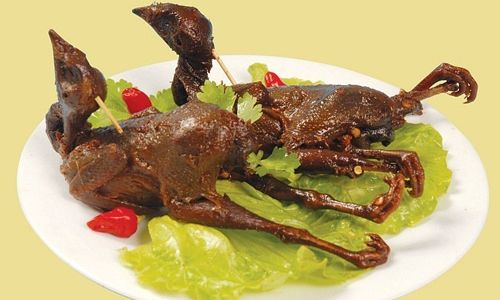
Grilling
Grilling imparts a smoky char to quail, perfect for summer meals. Preheat the grill to medium-high heat and oil the grates to prevent sticking. Grill whole butterflied quail for 4–5 minutes per side, or until cooked through. Basting with a glaze of honey, soy sauce, and garlic during the last few minutes adds caramelization.
Braising
Braising is ideal for tougher cuts like quail legs or whole birds. Sear the quail in a Dutch oven, then add aromatics (onions, carrots, celery) and liquid (stock, wine, or tomato sauce). Cover and simmer over low heat for 45–60 minutes until the meat is tender. This method results in fork-tender quail with a flavorful sauce.
Confit
For a luxurious twist, try quail confit. Salt the bird overnight with herbs, then gently cook it in duck fat at 200°F (93°C) for 2–3 hours. The result is meltingly tender meat with crispy skin when seared afterward.
Recipes to Try
Herb-Roasted Quail with Pan Sauce
Ingredients:
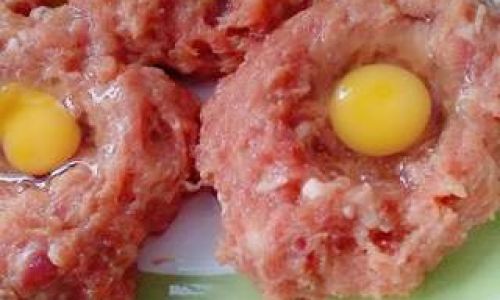
- 4 whole quail
- 2 tbsp olive oil
- 3 garlic cloves, minced
- 1 tbsp fresh thyme, chopped
- 1 tbsp fresh rosemary, chopped
- 1 cup chicken stock
- ½ cup white wine
- 2 tbsp butter
- Salt and pepper
Instructions:
- Preheat the oven to 375°F (190°C).
- Rub the quail with olive oil, garlic, herbs, salt, and pepper.
- Heat an ovenproof skillet over medium-high heat. Sear the quail for 2 minutes per side until golden.
- Transfer the skillet to the oven and roast for 20–25 minutes.
- Remove the quail and set aside. Deglaze the pan with wine, scraping up browned bits. Add stock and simmer until reduced by half.
- Whisk in butter and season to taste. Serve the quail drizzled with pan sauce.
Pan-Seared Quail with Cherry Reduction
Ingredients:
- 8 quail breasts
- 1 cup fresh cherries, pitted and halved
- ¼ cup balsamic vinegar
- 1 shallot, minced
- 2 tbsp honey
- 2 tbsp olive oil
- Salt and pepper
Instructions:
- Season the quail breasts with salt and pepper.
- Heat olive oil in a skillet over medium-high heat. Sear the breasts for 2–3 minutes per side. Remove and keep warm.
- In the same pan, sauté the shallot until soft. Add cherries, vinegar, and honey. Simmer for 5–7 minutes until thickened.
- Spoon the cherry reduction over the quail and serve with roasted potatoes.
Grilled Quail with Smoked Paprika Rub
Ingredients:
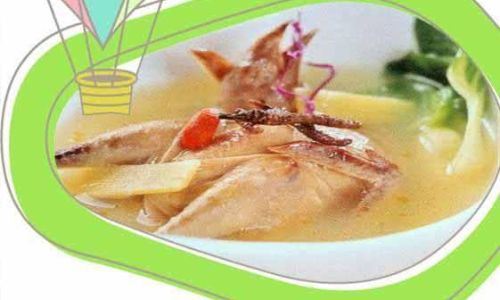
- 4 whole quail, butterflied
- 2 tbsp smoked paprika
- 1 tbsp brown sugar
- 1 tsp garlic powder
- 1 tsp cumin
- 2 tbsp olive oil
- Lemon wedges for serving
Instructions:
- Mix the paprika, sugar, garlic powder, cumin, olive oil, salt, and pepper to form a paste.
- Rub the mixture all over the quail. Let marinate for 30 minutes.
- Grill over medium heat for 4–5 minutes per side. Serve with lemon wedges.
Pairing Suggestions
Quail’s rich flavor pairs well with bold accompaniments. For wine, opt for light-bodied reds like Pinot Noir or fruity whites like Riesling. Beer enthusiasts might enjoy a Belgian-style ale or a hoppy IPA. On the plate, serve quail with roasted root vegetables, creamy polenta, or wild rice pilaf. A garnish of fresh herbs or a drizzle of balsamic glaze adds a finishing touch.
Tips for Success
- Cook to Temperature: Use a meat thermometer to ensure quail reaches 165°F (74°C) without overcooking.
- Resting Time: Let quail rest for 5–10 minutes after cooking to redistribute juices.
- Experiment with Flavors: Quail pairs beautifully with global spices—try harissa, five-spice powder, or za’atar.
- Leftovers: Shred cooked quail meat and use it in salads, tacos, or pasta.
Conclusion
Cooking quail is a rewarding endeavor that elevates any meal. By understanding its unique qualities and mastering techniques like roasting, pan-searing, and braising, you can transform this humble bird into a centerpiece of culinary artistry. Whether you’re hosting a dinner party or simply craving a gourmet treat, quail offers endless possibilities for creativity and flavor. So next time you’re at the market, grab a few birds and let your kitchen adventures take flight!
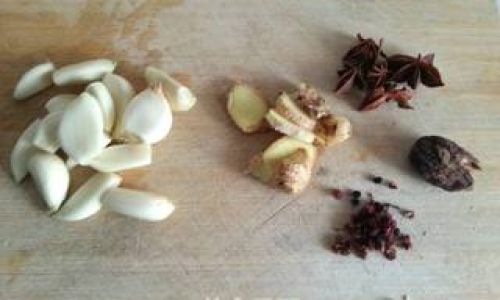
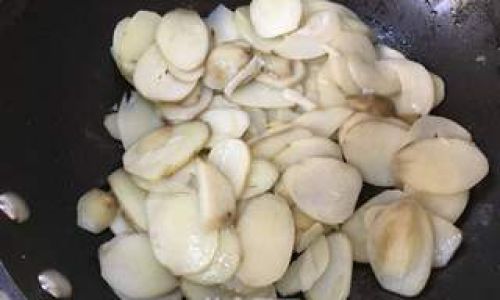
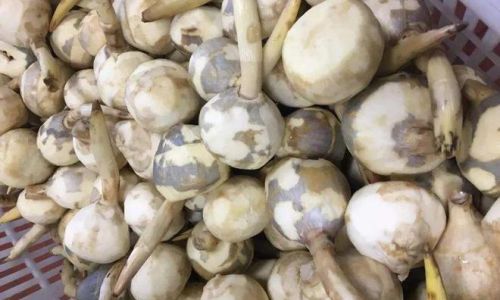
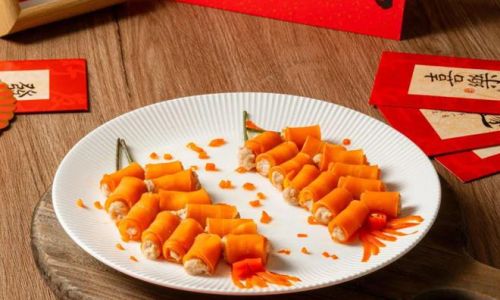
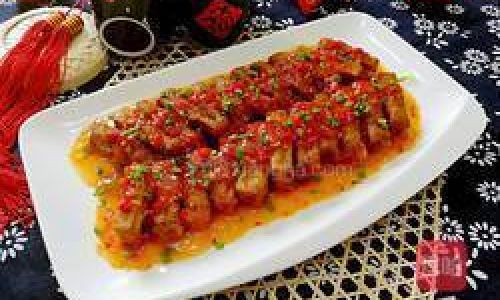
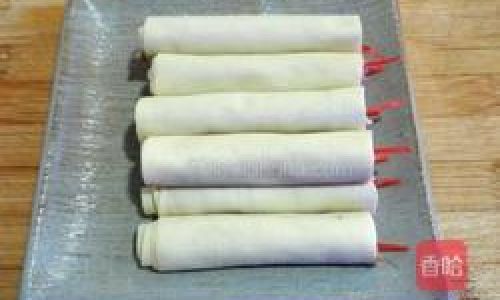
0 comments